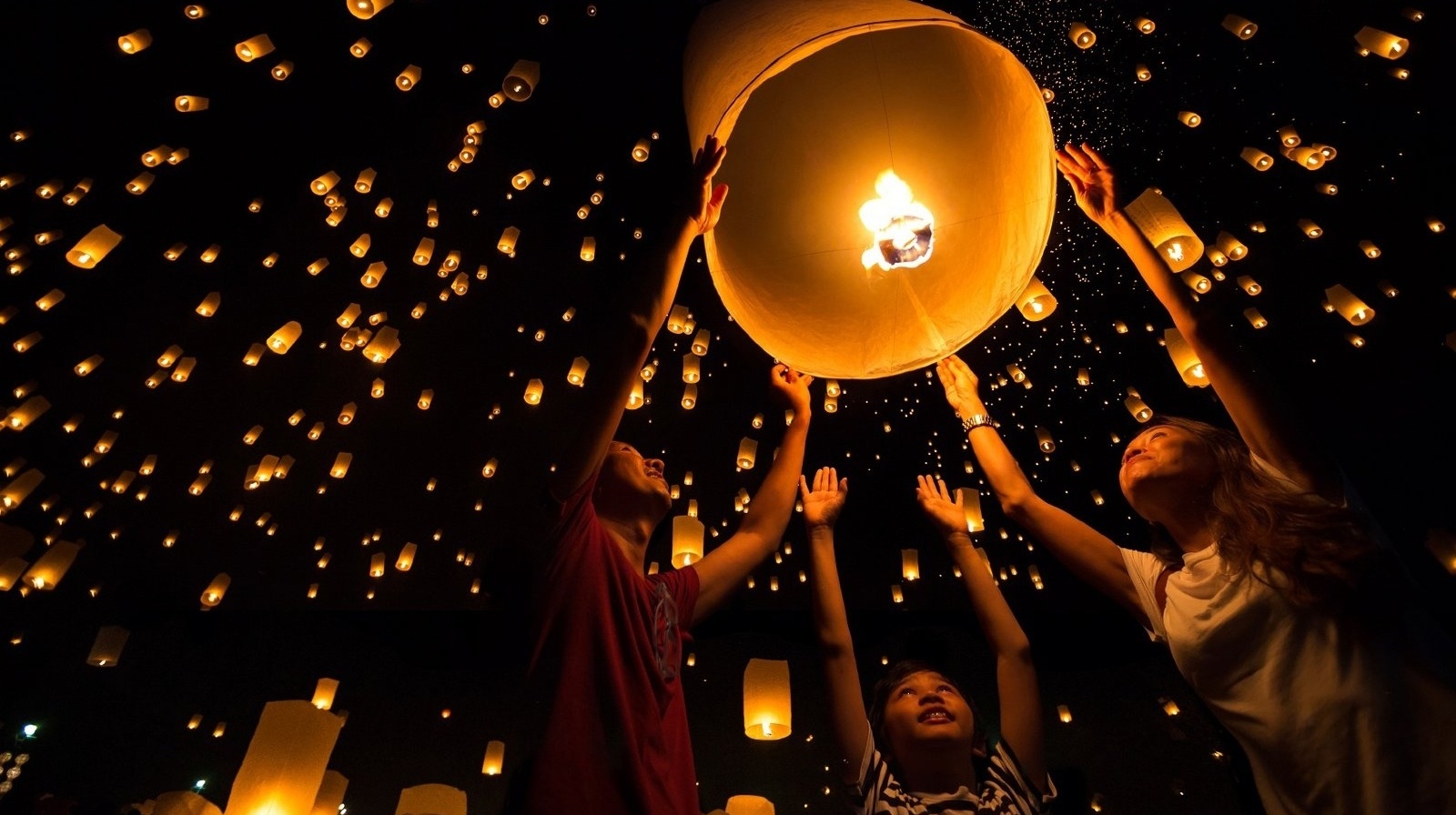The Benefits Of Cooperation
Turn on the news any day of the week and you will see countless examples of people competing with – rather than cooperating with – one another. Does the news reflect the people of the world in their true light?
At Plenty, we believe that we aren't competing with each other. Instead, we're competing with a mind-set that there isn't enough to go around. Life isn't a zero-sum game. Our only competition is scarcity itself.
And yet, we're often bombarded with messages of competition. It can feel like if someone wins, it must mean that someone else has to lose. Are we equipped to truly cooperate? Or, are we only destined to compete? How can we break the win-lose cycle and learn to do it differently?
Our work with teams and brands has shown us that most people, at their core, want to work together. And yet, we've also seen that people haven't always learned how to cooperate.
Martin A. Nowak, writer for Scientific American and author of “Why We Help: The Evolution of Cooperation” argues that human cooperation may falter at times, but it always finds a way to prevail. Nowak inquires, “Why is selfless behavior such a pervasive phenomenon?” He responds, “instead of opposing competition, cooperation has operated alongside it from the get-go… Life is therefore not just a struggle for survival – it is also, one might say, a snuggle for survival.”
Nowak goes on to explain that cooperation can take several forms. Specifically, he lists five particularly prevalent types of cooperation that humans – and really all organisms – should take to heart. As you explore these different types of cooperation consider if, and how, you practice these in the varying environments, relationships, and communities you are a part of, and which forms you experience most often and most deeply.
The Five Types of Cooperation:
1. Direct Reciprocity: This cooperation model is extremely common and applies to people that encounter each other repeatedly, think: family, close friends, coworkers etc. It occurs when one person performs a favor or selfless act for the other, after which, at a later point in time, the person that received the favor returns the gesture to the original party. A kind act is repaid to you with a kind act. This type of relationship is a partnership in which the benefits are mutually shared, as is the responsibility to foster the relationship with acts of kindness.
2. Indirect Reciprocity: This form of cooperation and goodwill is based on the person-in-need’s reputation. The direct reciprocity model suggests that people help those who have helped them, whereas indirect reciprocity is founded on the idea that individuals will help those who help others. This process of indirect reciprocity is important to consider as it supports the concept that it pays to develop a reputation for being cooperative. Essentially, if you build a reputation helping others, others will help you. And while the purpose of serving others is not to receive something in return, it is interesting to note the ‘social proof’ that is garnered and gained as a result.
3. Spatial Selection: One word can be used to describe this type of cooperation – community. Spatial selection suggests that people in the same tribe will protect, care for, and support one another. Tribes, and their characteristics, are as old as life itself. How these communities, and the individuals within them, expand and interact with one another on the other hand is constantly evolving. Each one of us are a part of many different communities that literally commune shared values, interests, locations, and interests. How do you lean on the tribes or communities you are a part of for support? And how do you offer support in return? There is tremendous power and influence in your communal networks, sisterhoods and brotherhoods. Are you intentional about your participation? Are you leveraging them effectively?
4. Kin Selection: You may have guessed this one, but there is a specific form of cooperation that we exhibit within our families. Families are communities, they are a tribe, which is why family members portray some of the strongest examples of cooperation. What is the model of cooperation in your kin? How does your family model of cooperation impact your interactions with others?
5. Group Selection: This form of cooperation fuels the philanthropic sector. It occurs when a person performs a selfless act, grand or small, for the greater good. Nowak remarks that, “Darwin himself, observed in his 1871 book The Descent of Man that ‘a tribe including many members who…were always ready to aid one another, and to sacrifice themselves for the common good, would be victorious over most other tribes…’” Altruism is the ultimate form of cooperation as we work together to solve the world’s most important and pressing issues. And there is no time to wait, as the world really needs our help now, more than ever.
Cooperation does not strictly apply to humans but to all sorts of organisms (cells included), Nowak suggests that, “cooperation has been a driving force in the evolution of life on earth from the beginning.” And, to inspire even more hope, Nowak singles out one organism that seems to be particularly affected by cooperation, you guessed it…humans. Nowak labels us as the most cooperative species, or “the Supercooperators.”
As humans, the only action we can take to help stabilize cooperation in the world is to consciously choose to work together. We must open ourselves to vulnerability, truth, and courage. We must share, support, and care for one another. We must speak with authentic voices and value all perspectives. We must align ourselves towards a common vision for a better, more peace-filled world. We must honor our differences and unite in our connection and commonality.
At Plenty, we believe cooperation is the new, emerging paradigm. We are so committed to creating communities of human connection and collaboration for the greater good that we created the Five Keys, an assessment that helps teams understand their level of community engagement and cooperation with constituents. We invite you to try it out for yourself and consider how you can work more collaboratively together with your loved-ones, neighbors, customers, suppliers, relatives, and friends to create peace, cooperation, and healthier, happier human beings.
Written by Jennifer Mulholland and Sam Moesser. This post was revised, expanded, and updated in May 2019 from material originally published in May 2015.
Read Mark A. Nowak’s full article in Scientific American here.
Share this
You May Also Like
These Related Stories

The Art of Reciprocity: Opening Yourself To Receive

Building A Movement Of Hope



No Comments Yet
Let us know what you think